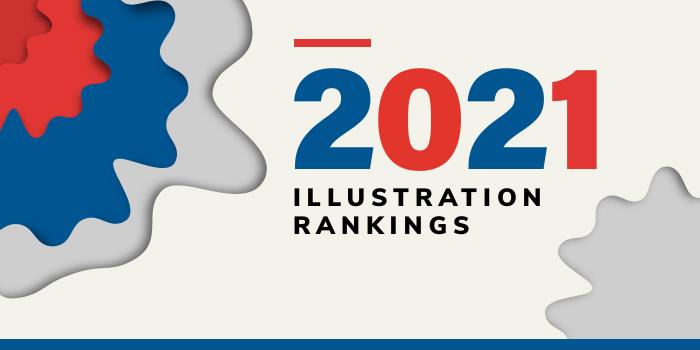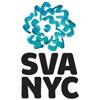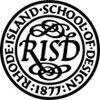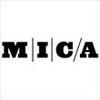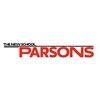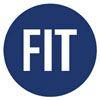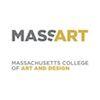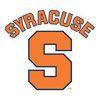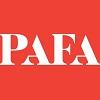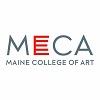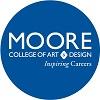The University of the Arts (UArts) was formed in 1876 by the merging of two century-old institutions: Philadelphia College of Art and Philadelphia College of the Performing Arts. In 1987, the school was granted university status, making it the largest institution of its kind in the nation. Today, the university says UArts “is the only school in America that makes it possible to work and collaborate across traditional boundaries.”
UArts serves approximately 1,800 students enrolled in more than 40 programs at the University's Avenue of the Arts campus. Twenty-three minors are also available and open to all students. This means, aspiring illustrators can take sculpting classes, creative writers can take classes in illustration, dancers can minor in ceramics, and industrial designers can study guitar.
Programs are offered through the Schools of Art, Dance, Design, Film, Music, and Theater. The School of Art offers a BFA in Illustration and a Minor in Figurative Illustration. An MFA in Studio Art is also available. The BFA in Illustration blends creative visual problem solving, digital experiences, drawing, figure modeling, illustration, painting, picture making, digital experiences, and graphic design, as well as self-discovery through mentor-student relationships, and history of pictorial image making.
Course highlights include Business and Preparation for Design Practice, Children’s Book Illustration, Comic Creation, Design Studio, Drawing as Thinking, Figurative Interpretation & Personal Voice, Illustration Markets and Promotion, Illustration with Digital Media, Motion-Based Illustration, New Media Illustration, Object & World Building, and Printmaking. Students will also complete Thesis Studio I-II.
Students may also select one option from the following: School of Design Workshop, Illustration Workshop: Personal Viewpoint or the Design Internship. Interns have the opportunity to work at professional venues ranging from individual artist studios to large branding firms such as Anthropologie (Urban Outfitters), Cartoon Network, and Sterling Publishing (Barnes & Noble).
Other program highlights include shared studio spaces, small class sizes, and training in industry-standard digital software such as Adobe Photoshop, Illustrator, InDesign and After Effects. Students also receive training in anatomy, integrating typography, experimenting with traditional painting methods, and developing narratives for a well-rounded experience across media.
The focus of the Minor in Figurative Illustration “is on enhancing skills and knowledge related to figurative drawing, painting and general image-making. This is accomplished by working with the figure and the figure in space, and through introduction to various media and picture-making issues.” The program requires 15 credit hours if study including Figure Anatomy, Figure Communication or Figure Painting, Illustration I: Pictorial Foundation, Illustration II: Illustration Methods, and Responsive Drawing.
The MFA in Studio Art is a low-residency, year-round program that consists of an immersive eight-week on-campus summer semester, independent study (fall and spring), and mentoring. This 60 credit hour program “allows candidates to explore in a multitude of artistic disciplines.” Course highlights include Contemporary Topics in Art and Design, Culture Study, Graduate Drawing, Graduate Seminar, Independent Studio, Major Studio, Professional Practices, Studio Topics, Thesis Preparation, and Thesis Writing Project. An MFA Thesis Exhibition is also part of the program.
Graduates of the Illustration Programs at UArts have gone on to create illustrations for ESPN, Fortune, Ralph Lauren, Random House, Rolling Stone, The New Yorker, The New York Times, and many others.


